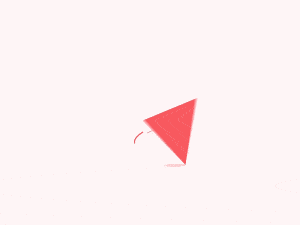
Ancient Worlds is about people and places, politics and economics, art and war, trade and technology, but above all it’s the story of the painful birth and difficult growth of a radical idea first tried and tested some six thousand years ago, and which we are still struggling with today; civilisation. Civilisation has not come easily; it’s something we’ve had to fight hard to achieve, and even harder to maintain, and the greatest threats to it have come from our own talents for destruction. But when we’ve managed to get it right, the benefits have been enormous夜深人静时,小酒馆内聚集了放工回来的人们。调酒师一边熟练调制鸡尾酒,一边滔滔不尽地讲述旅行中的奇遇趣事,幽默风趣的话语让客人们频频失笑。在昏暗的灯光中,笑语与温情交织,使得整个酒馆都布满了忘却疲惫的热意。 When we talk about the ancient world we tend to think of rare and exotic artefacts or the monumental remains of epic architecture; but these are just the empty shells that got left behind when the tide of history turned! The living creatures, the civilisations, that once inhabited these shells were rarely if ever static or stately; they were dynamic, chaotic, and always threatening to spin out of control, because civilisation is based on an improbable idea; that strangers can live and work together in dense urban settings, forging new allegiances that replace the natural ties of family, clan or tribe. It’s an idea we’re still coming to terms with today, but one of the best ways to understand the challenges that are involved is to look at how our ancestors tackled them the first time around. From ancient Iraq to Imperial Rome, Ancient Worlds examines how our ancestors struggled with the levers of religion and politics, art and culture, war and diplomacy, technology and trade in order to keep the complex machinery of their civilisations turning over. Their insights and blind-spots, their breakthroughs and dead ends, their triumphs and disasters are the milestones on the long and winding road that leads directly from their ancient to our modern world.
2025-08-22 10:51:03,最后更新于1月前

相关推荐TUIJIAN

















